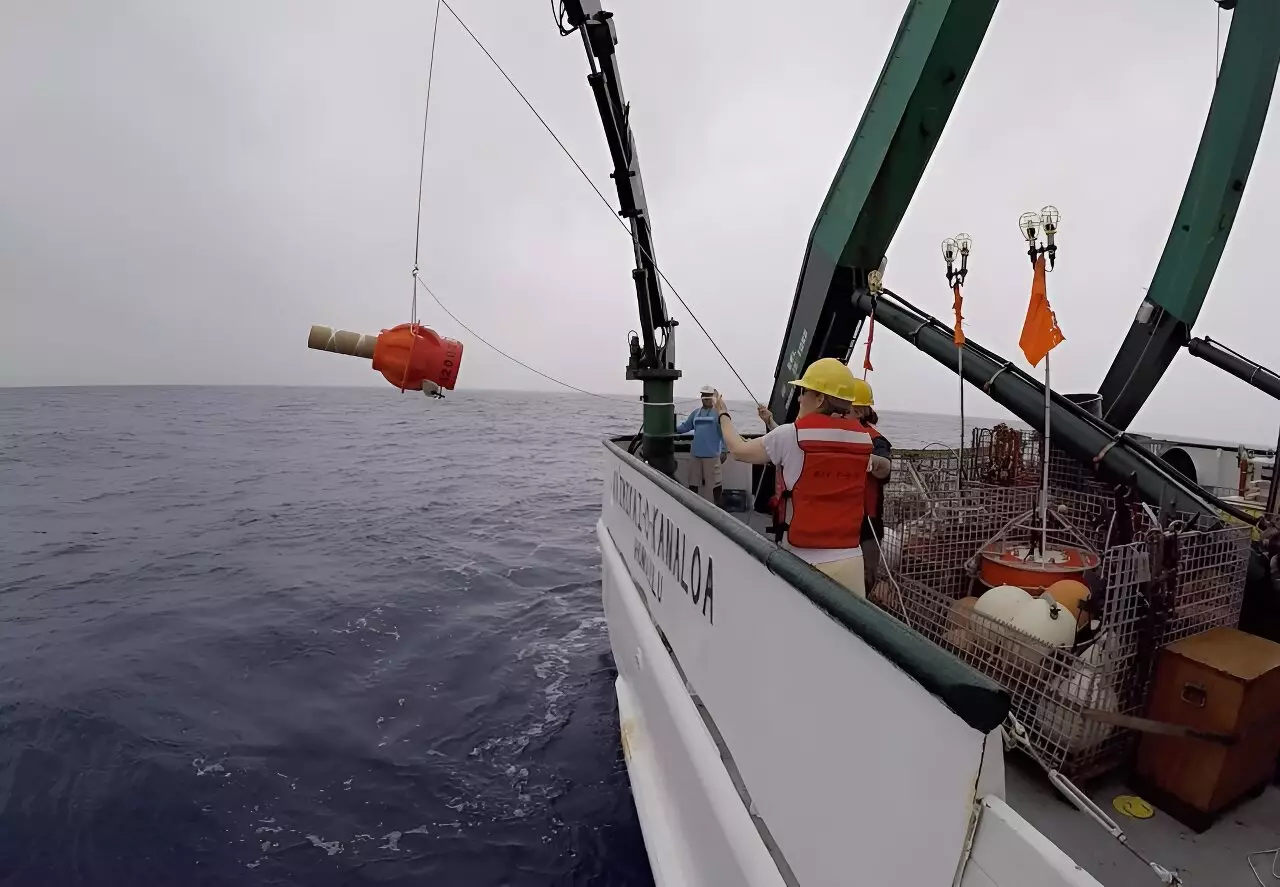The world’s oceans are critical players in the climate system, absorbing a significant portion of the excess heat generated by global warming. Recent research published in Geophysical Research Letters sheds light on this phenomenon—specifically, the warming of the deep ocean—by harnessing innovative technology and historical data. The implications of these findings are profound, hinting at potential future impacts on sea level rise and global weather patterns.
Deep Argo floats have emerged as pivotal tools for oceanographic research. These autonomous robots are designed to collect temperature and salinity data from depths of up to 3.7 miles (6,000 meters). Since their launch in 2014, they have significantly enhanced our understanding of deep ocean processes. Greg Johnson, a prominent oceanographer and lead author of the study, emphasizes that this cutting-edge technology, combined with long-term data from research vessels, has refined our understanding of deep ocean warming, revealing that the temperature of certain deep ocean regions is rising at rates between 0.0036°F and 0.0072°F (0.002°C to 0.004°C) annually.
The deep ocean plays a crucial role in regulating global climate. The current findings provide confirmation of earlier research that indicated an ongoing trend of deep ocean warming, especially in the waters below 1.2 miles (2,000 meters). This deep ocean layer is essential for understanding global ocean heat uptake—an increasing concern amid rising global temperatures. The study reveals that the warming off the coasts of Antarctica and Greenland represents two critical hot spots. These regions are experiencing significant changes in water dynamics, affecting the movement of cold and warm water masses essential for regulating climate.
The research offers a nuanced view of geographic warming patterns in the deep ocean. Off Antarctica, the warming waters flow northward through the global ocean conveyor belt, deeply influencing climatic conditions worldwide. Conversely, the waters near Greenland are also experiencing warming, but for different reasons. Increased melting ice has altered patterns of cold water sinking, which has historically balanced the ocean’s thermal dynamics. These changes could have cascading effects on weather systems and sea levels, making it crucial for scientists to understand these interactions more thoroughly.
For decades, researchers have suspected that deep ocean warming was occurring, but the lack of comprehensive data made it difficult to quantify these changes accurately. Prior to Deep Argo technology, data collection was sparse, leading to uncertainties in the magnitudes of warming trends. However, the recent advancements in measurement technology have halved this uncertainty, providing clearer insights into the state of the global ocean.
This detailed reconstruction of the observable data allows for enhanced predictive models that can parse out future ocean behavior. Johnson highlights that although scientists have noted warming trends for two decades, the robust data now available shifts the discussion from mere observation to potential predictive capabilities.
The ongoing development of Deep Argo floats is part of a broader initiative by the Argo Program, which has been operational since 1999. Plans are underway to establish a global array of Deep Argo floats, which will further refine the ability to monitor and quantify warming rates with greater precision over shorter periods. A fully operational global network could provide critical data necessary to understand evolving patterns of ocean temperature and salinity, thereby enhancing forecasting capabilities related to climate change.
As the research advances, the data gained from Deep Argo floats stands to dramatically transform our understanding of ocean dynamics and climate interactions. The ramifications of understanding deep ocean warming are far-reaching—from predicting future sea level rise to preparing society for the inevitable impact of climate change on weather patterns. Today, the interplay between advanced oceanographic technology and climate science underscores the urgency to act on these findings, by both bolstering research efforts and implementing actionable strategies aimed at mitigating climate impacts on a global scale.


Leave a Reply